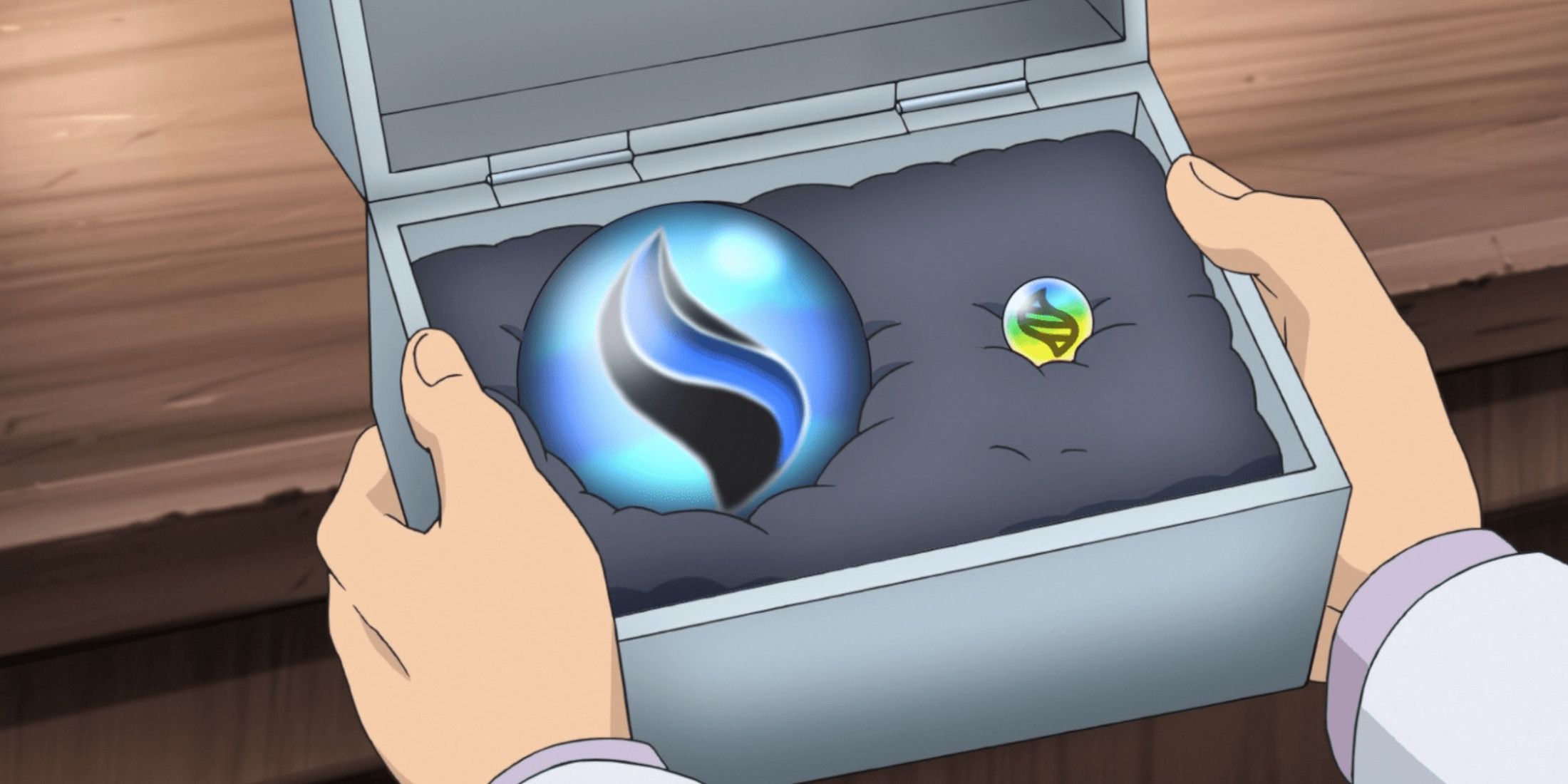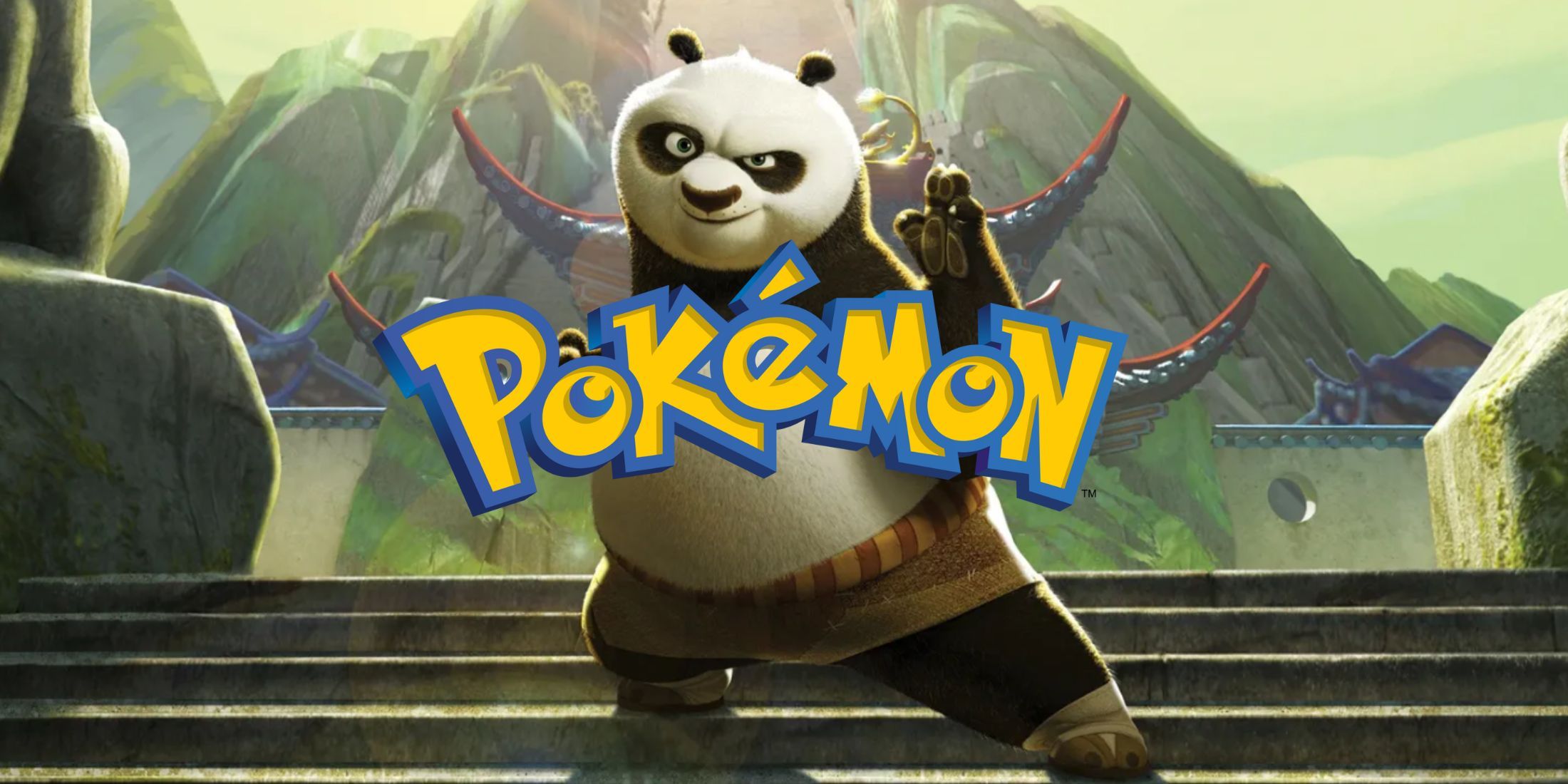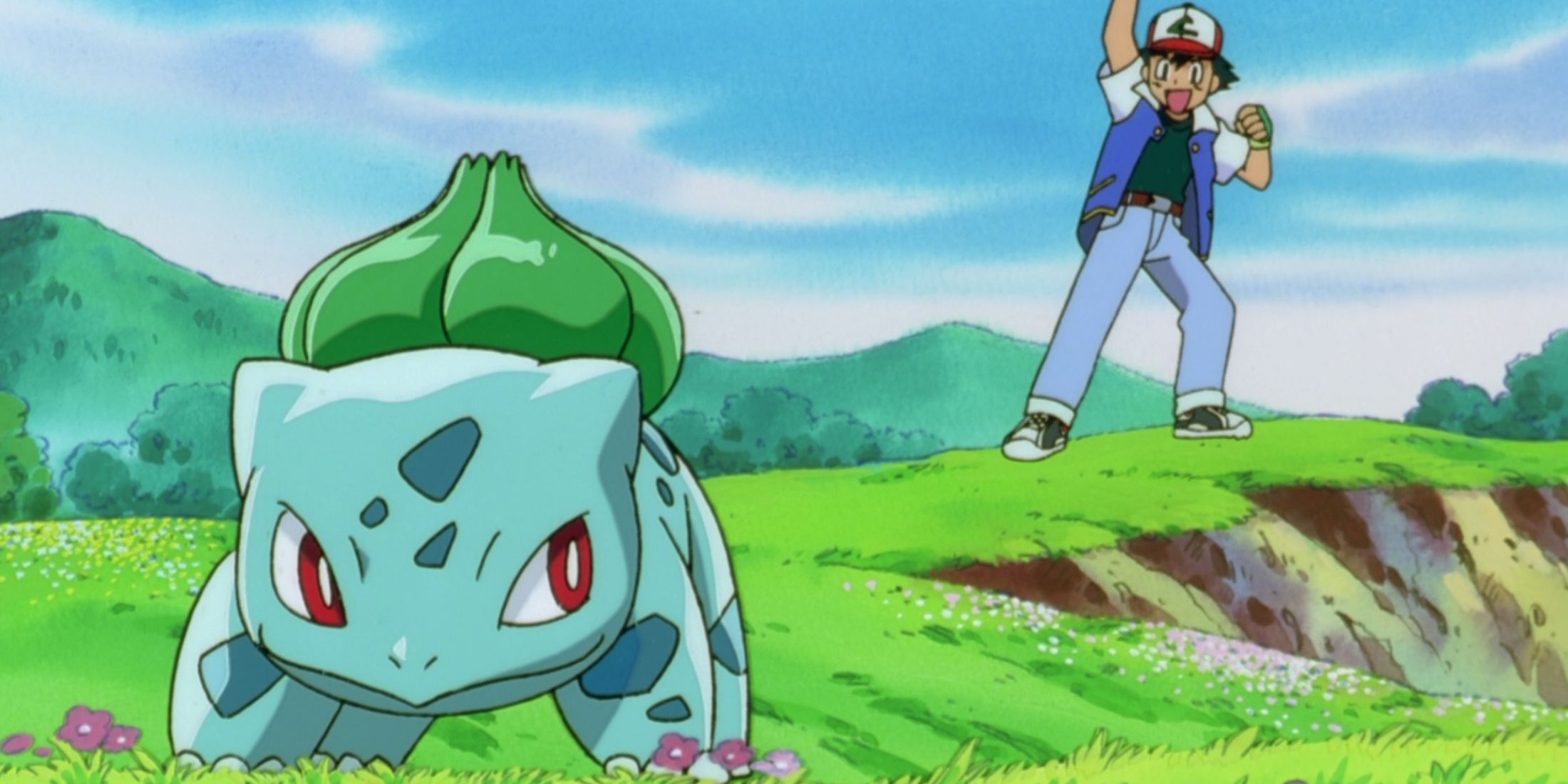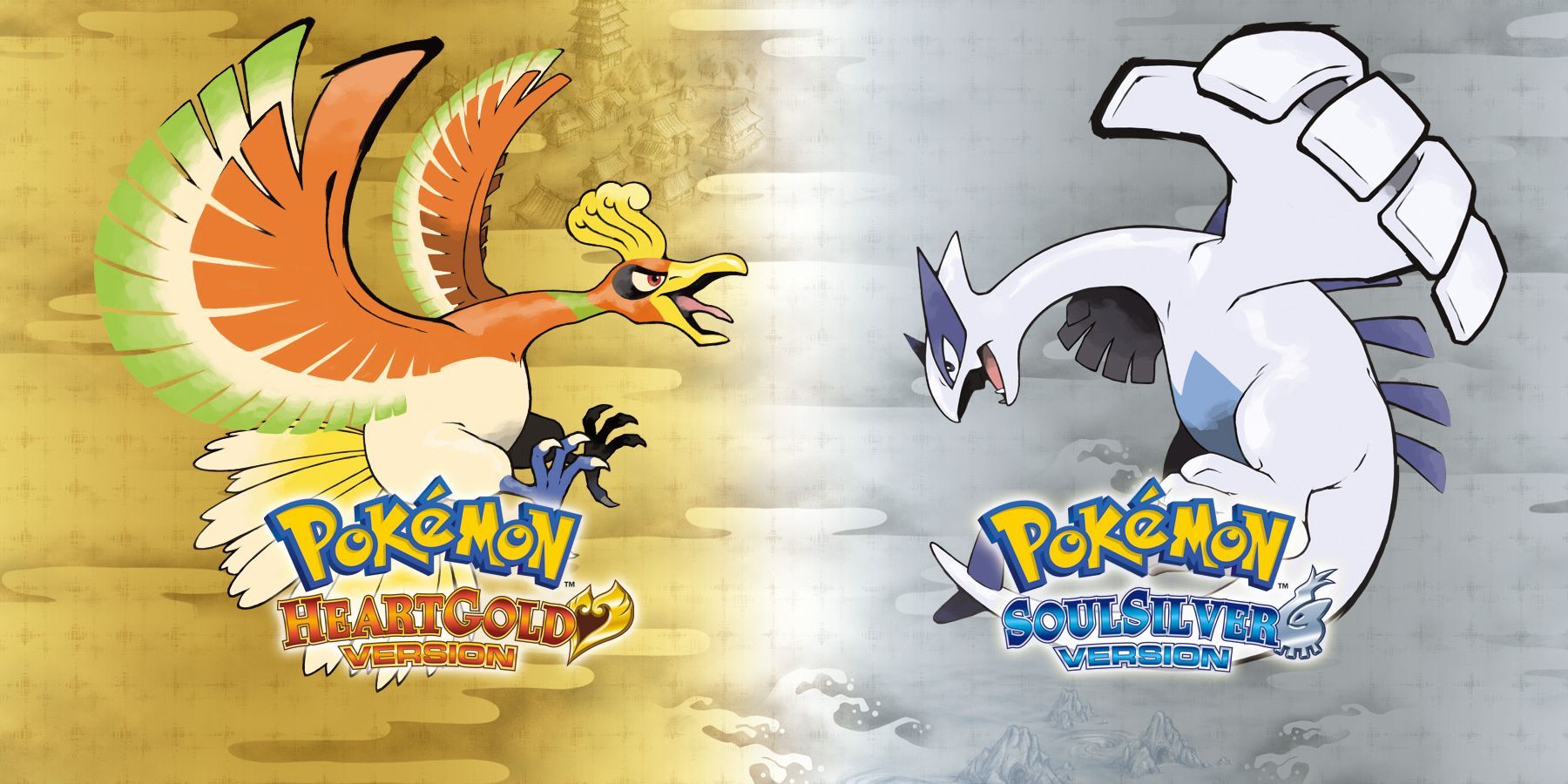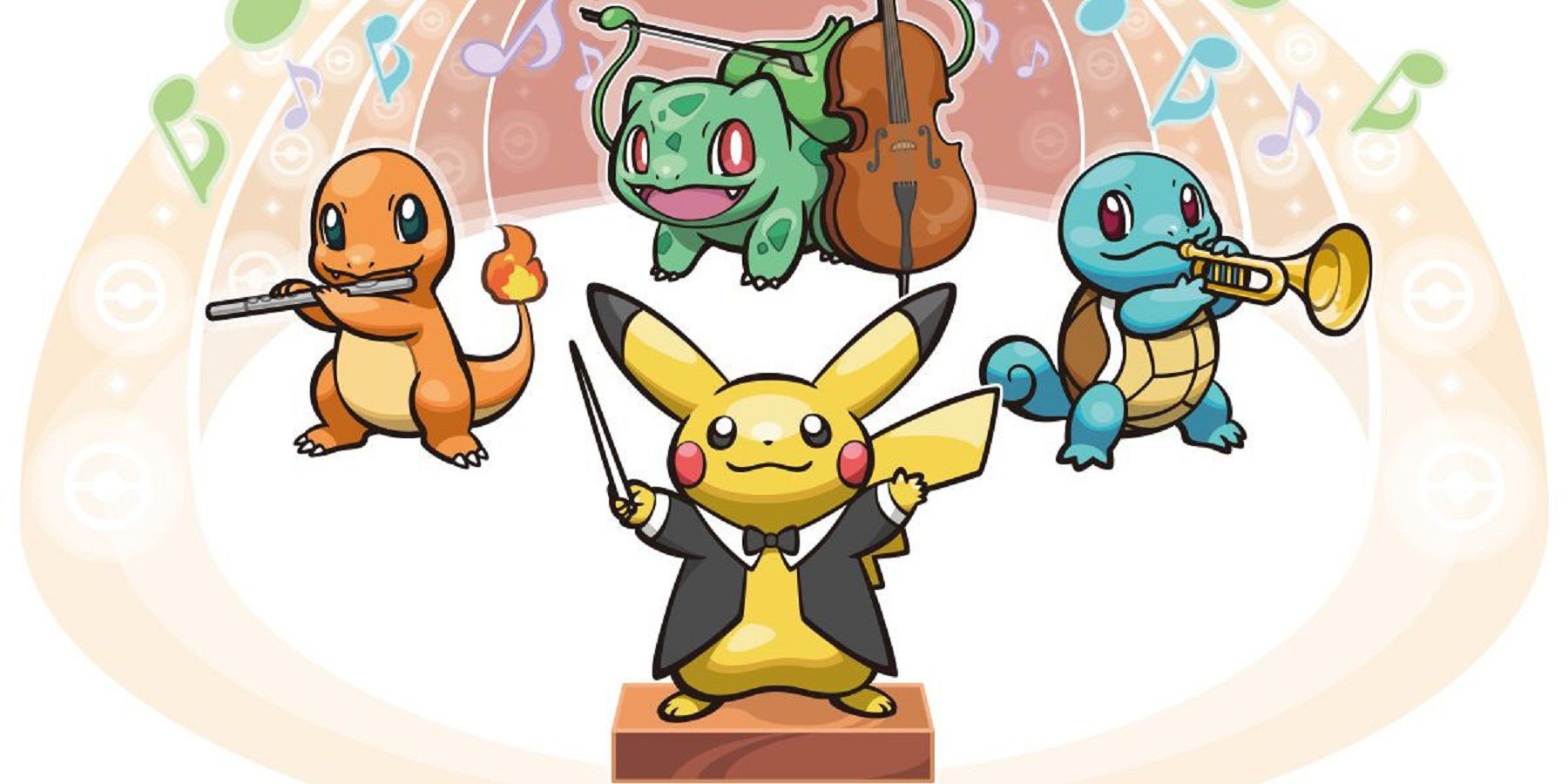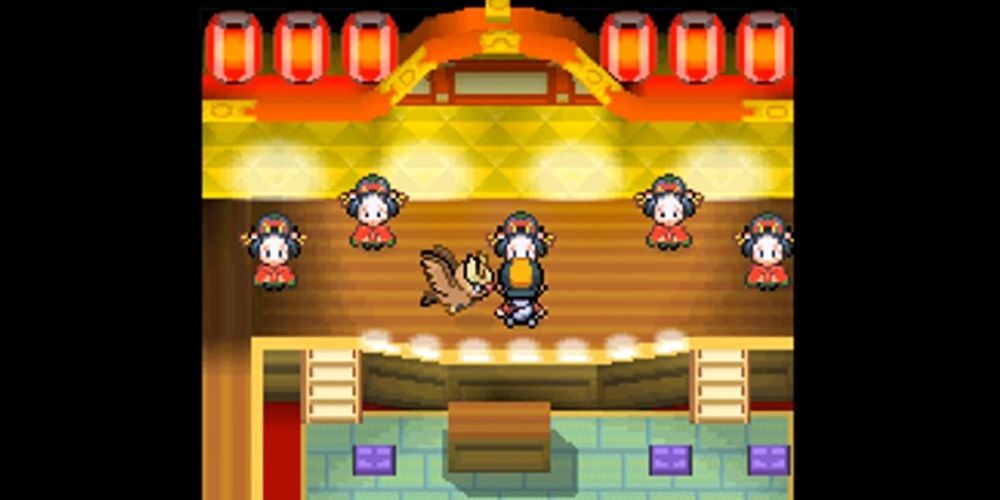Pokemon HeartGold and SoulSilver are some of the franchise's most beloved titles, and while there are many elements that could carry perfectly into newer games, one key item makes the top of that list: the GB Sounds changer. Over the years, there have been many missed opportunities to put this item in other titles, but it's not too late for Game Freak to change course. The ability to switch between classic chiptune music and more modern synth orchestras is a much-needed addition to modern Pokemon games, especially for remakes.
For many players, chiptune music is synonymous with Pokemon itself, and even people who haven't played the series might be able to easily recognize a song or two. While improved hardware has given Pokemon's composers more room to create, the style that players fell in love starting in Gen 1 has stayed recognizably Pokemon. It wasn't until Pokemon Sword and Shield hit the Switch that fans noted a bigger shift in music, perhaps in-part due to composer Junichi Masuda taking on a role as producer for the games.
For Pokemon, Limitations Breed Innovation
Junichi Masuda's philosophy for music can be boiled down to a few key points: the music must convey the emotion of the situation a player is in, amplify the atmosphere of a region, or highlight a distinct characteristic of a character on screen. This is why themes like Cynthia's manic, foreboding piano theme have become so iconic. While later game soundtracks have been created with a similar philosophy, they lack the limitations that bred innovation, which is exactly why the Game Boy Sounds changer should make a return.
The music of Pokemon was shaped by the Game Boy's limitations. With only four sound channels able play at a time, sound effects and music had to share space on a cartridge, which is why whenever a Pokemon cried, the music would cut for a second. The limitations also meant traditional musical composition would be near-impossible, so composers would have for forego things like sustained chords in favor of arpeggios - which gave the Game Boy its familiar beeps and boops.
Music is in Pokemon's DNA
This is not to say Pokemon should abandon all progress, but rather that limitations should be used to complement the music instead of distract from it. If a song can be boiled down to bare beeps and boops and still be recognizable, it likely has a strong core. If the song is recognizable and easy to listen to for an extended period of time, it should be the kind of great track that made Pokemon's music iconic. Tribute should be paid to these limitations in future games with a Sound Changer option, even outside of direct remakes.
The ability to switch between the nostalgic sounds of the Game Boy and modern synth compositions might give players a greater appreciation for the songs they spend hours listening to. It would be interesting to see how the feeling of a location, a battle, or character changes between settings. With the end of the long-running anime around Ash Ketchum and a new generation of players coming to the franchise, it's clear that Pokemon is headed in a new direction. Whatever plans Game Freak has for the future, and as the world of Pokemon continues to change and grow, it should continue to embrace its roots.
Pokemon Scarlet and Violet are available now on the Nintendo Switch.

